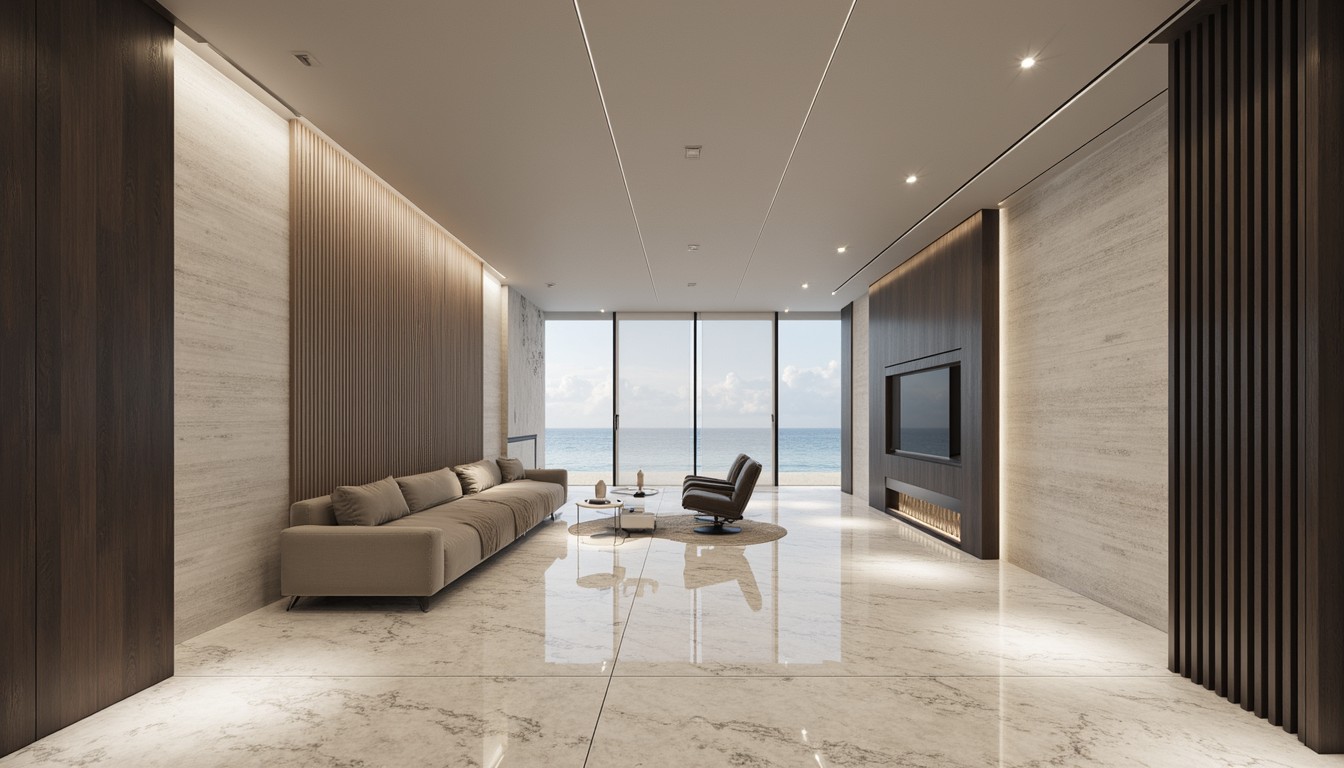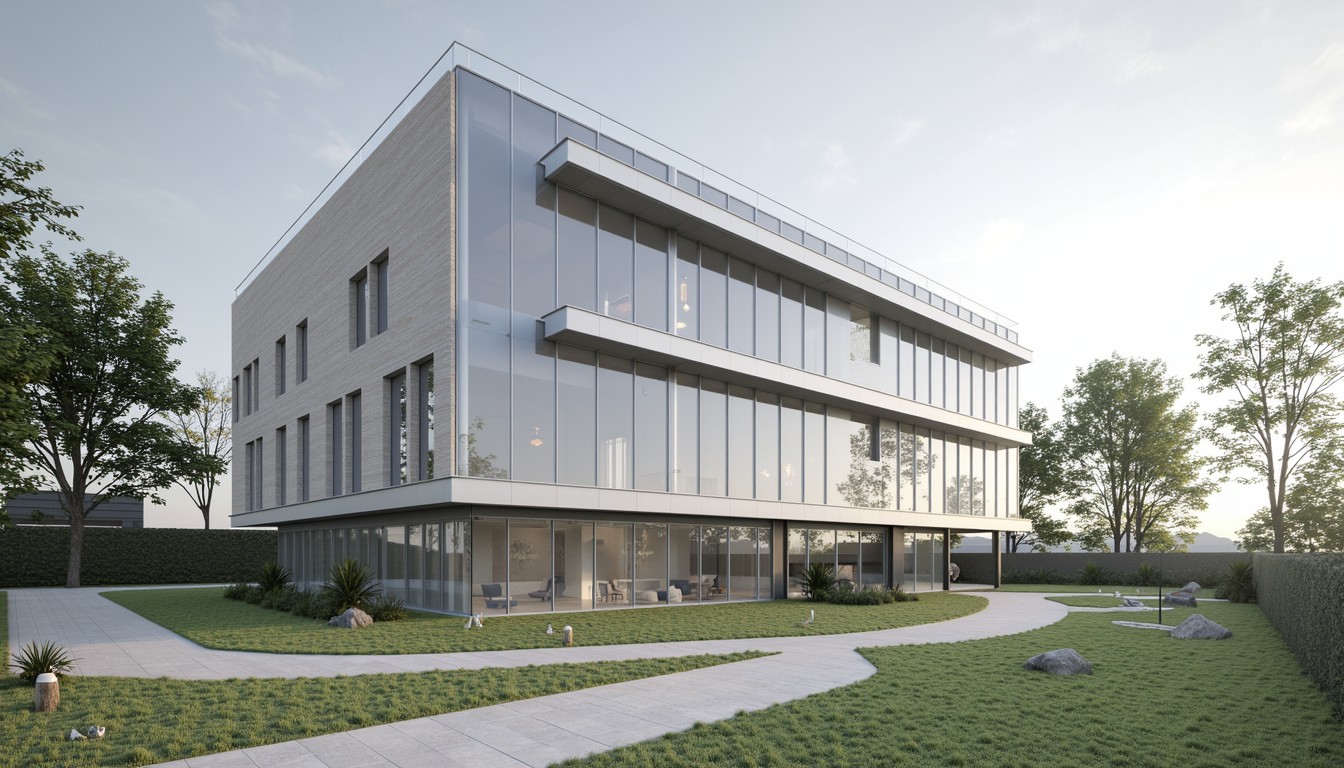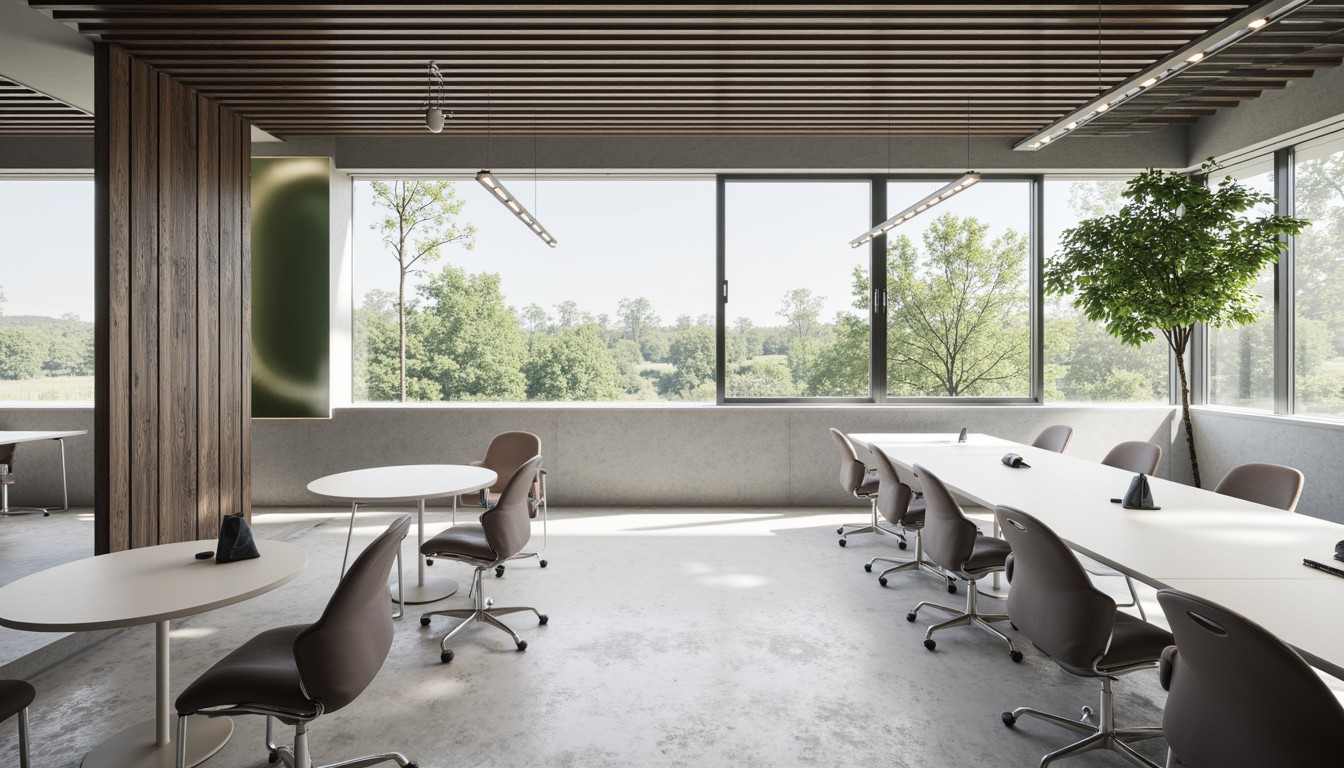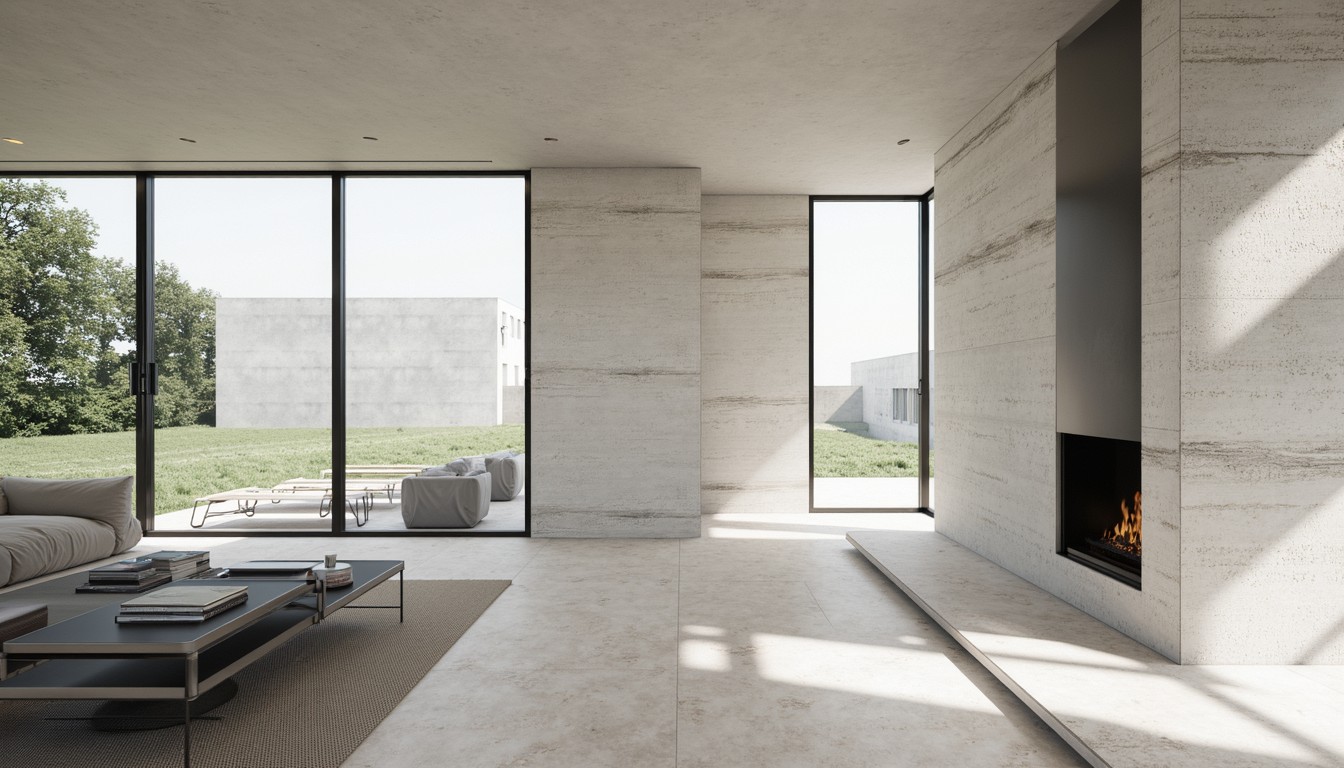Smart Building Technology: Revolutionizing Architecture
The architectural landscape is undergoing a dramatic transformation, driven by the integration of smart building technology. No longer are buildings simply static structures; they are becoming dynamic, responsive environments that prioritize sustainability, efficiency, and occupant well-being. This evolution is not just about aesthetics; it's a fundamental shift in how we design, construct, and interact with the built environment. ArchNav, a leader in architectural visualization, is at the forefront of this revolution, helping architects and developers envision and realize the potential of smart buildings.
The Core Components of Smart Building Technology

Smart building technology encompasses a wide range of integrated systems working in concert to optimize building performance. Key components include:
- Building Management Systems (BMS): These centralized systems monitor and control various building functions, including HVAC, lighting, security, and energy consumption. Sophisticated BMS leverage data analytics to optimize resource allocation and reduce operational costs.
- Internet of Things (IoT) Devices: Sensors, actuators, and smart devices throughout the building collect data on everything from temperature and humidity to occupancy levels and energy usage. This data fuels the BMS and allows for real-time adjustments.
- Artificial Intelligence (AI) and Machine Learning (ML): AI and ML algorithms analyze data from IoT devices and the BMS to predict building needs, optimize energy usage, and proactively address potential issues. Predictive maintenance is a prime example of AI's impact.
- Data Analytics and Visualization: The vast amounts of data generated by smart buildings require sophisticated analytics tools to extract meaningful insights. Data visualization dashboards provide clear, actionable information for building managers and occupants.
- Cloud Computing: Cloud-based platforms provide the necessary infrastructure to store, process, and analyze the massive datasets generated by smart buildings. This allows for scalability and remote access to building information.
Real-World Applications and Benefits

The integration of smart building technology offers numerous benefits across various sectors:
1. Enhanced Energy Efficiency and Sustainability:
Smart buildings significantly reduce energy consumption through optimized HVAC control, intelligent lighting systems, and real-time monitoring of energy usage. This leads to lower operational costs and a smaller carbon footprint, contributing to a more sustainable built environment. LEED certification often relies heavily on the incorporation of these technologies.
2. Improved Occupant Comfort and Productivity:
Smart building systems personalize the environment to meet the needs of occupants. Automated lighting and climate control systems ensure optimal comfort levels, while smart access control enhances security and convenience. This results in improved occupant satisfaction and increased productivity.
3. Increased Operational Efficiency and Cost Savings:
Predictive maintenance, enabled by AI and data analytics, minimizes downtime and reduces repair costs. Optimized resource allocation and real-time monitoring of building systems lead to significant operational cost savings.
4. Enhanced Security and Safety:
Smart building technology integrates advanced security systems, including access control, surveillance cameras, and intrusion detection. Real-time monitoring and alerts enable faster response times in case of emergencies, improving overall safety.
Architectural Implications of Smart Building Technology
The adoption of smart building technology is profoundly impacting architectural design. Architects are now considering the integration of technology from the initial design phase, ensuring seamless integration and optimal functionality. This includes:
- Building Information Modeling (BIM): BIM is crucial for coordinating the design and integration of various smart building systems.
- Design for Data: Architects need to consider data flow and accessibility in the design process, ensuring efficient data collection and analysis.
- Cybersecurity: Security considerations are paramount in the design of smart buildings, protecting sensitive data and preventing cyberattacks.
- Future-Proofing Designs: Architects must design buildings that can accommodate future technological advancements and upgrades.
ArchNav's Role in Visualizing the Future of Smart Buildings

ArchNav plays a crucial role in helping architects and developers visualize the potential of smart buildings. Our cutting-edge architectural visualization services allow clients to experience the design and functionality of smart buildings before construction begins. We create immersive 3D models and interactive simulations that showcase the integration of various smart building systems, allowing clients to make informed decisions and optimize their designs for maximum efficiency and occupant satisfaction. We understand the complexities of integrating smart technology and can help you visualize the seamless integration of these systems into your architectural vision.
Conclusion
Smart building technology is revolutionizing architecture, creating more sustainable, efficient, and occupant-centric buildings. By embracing these advancements, architects and developers can design buildings that are not only aesthetically pleasing but also technologically advanced and environmentally responsible. ArchNav is committed to helping you navigate this exciting evolution, providing the visualization tools you need to bring your smart building visions to life. Contact us today to learn more about how we can help you visualize the future of architecture.
